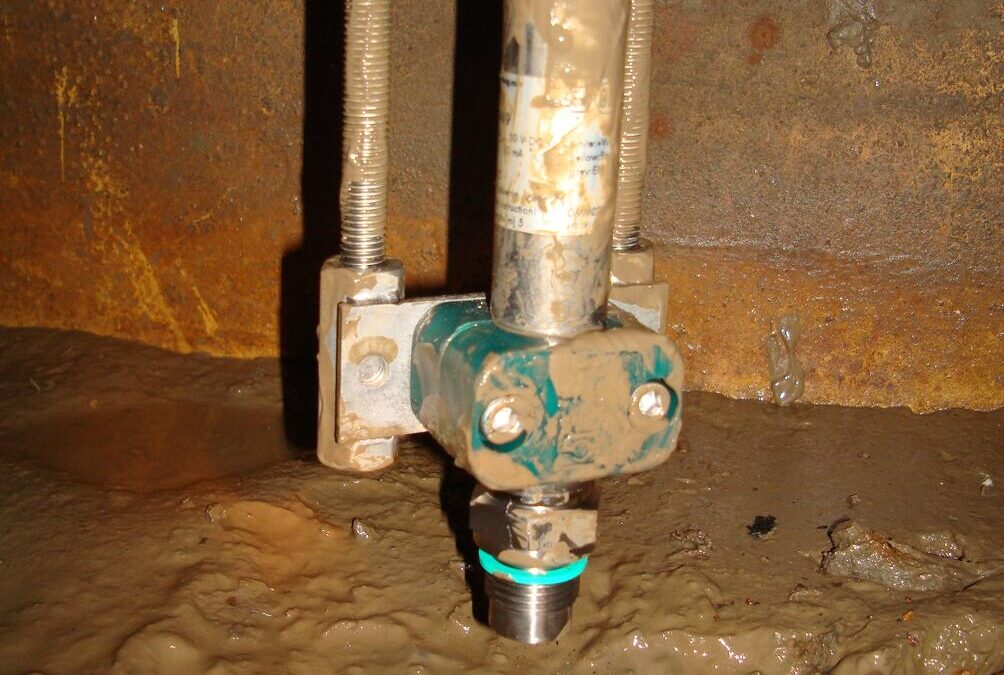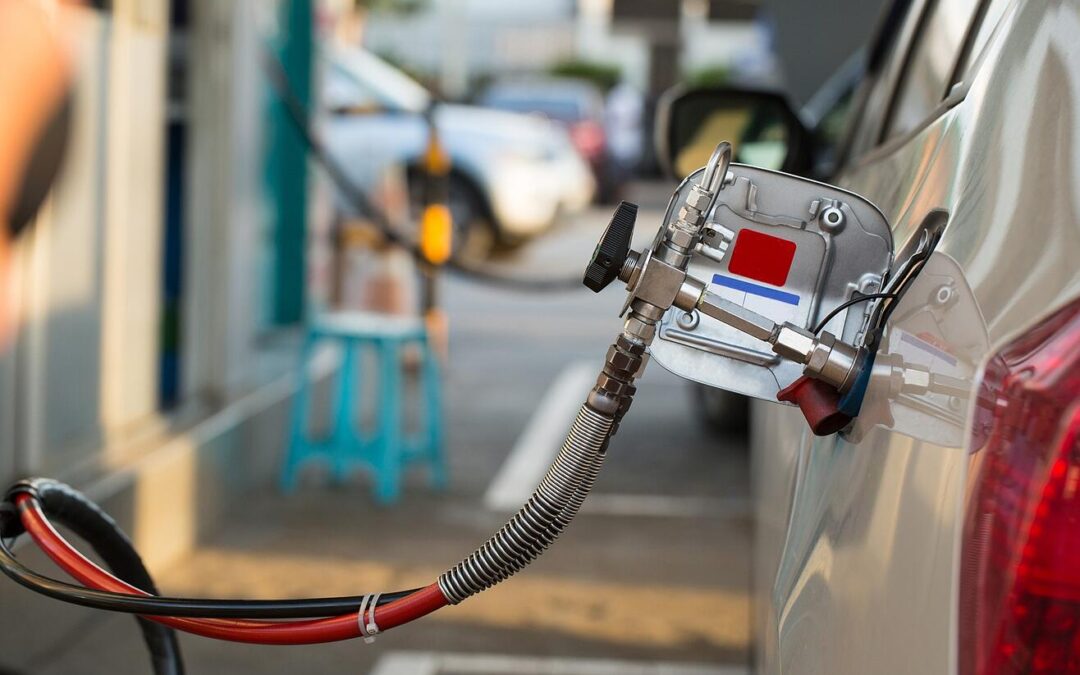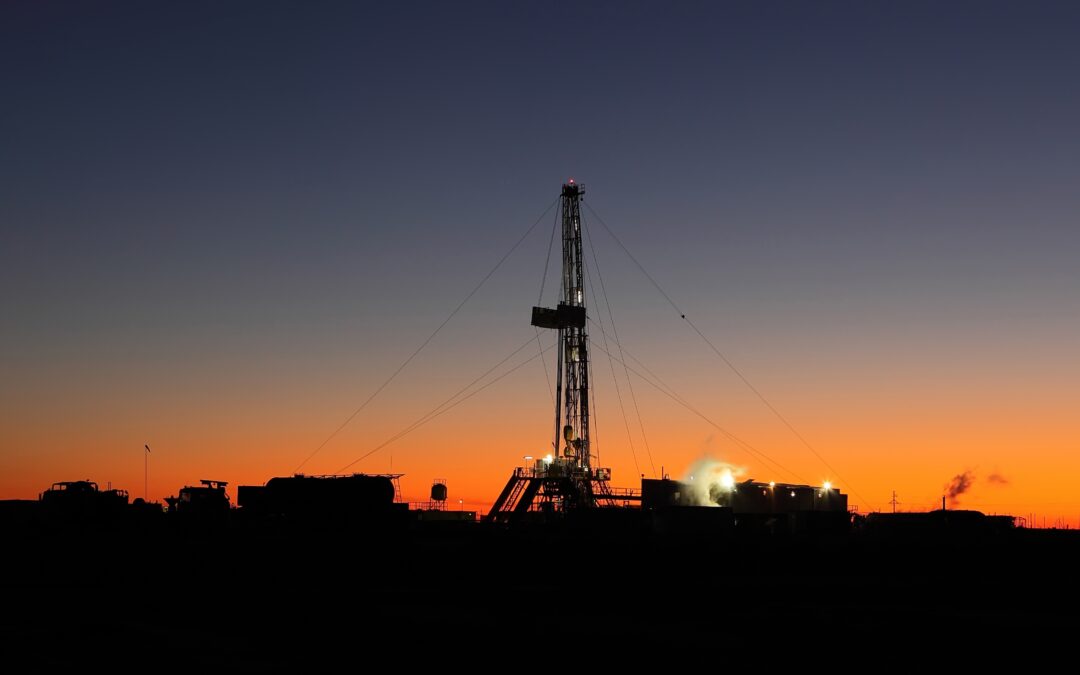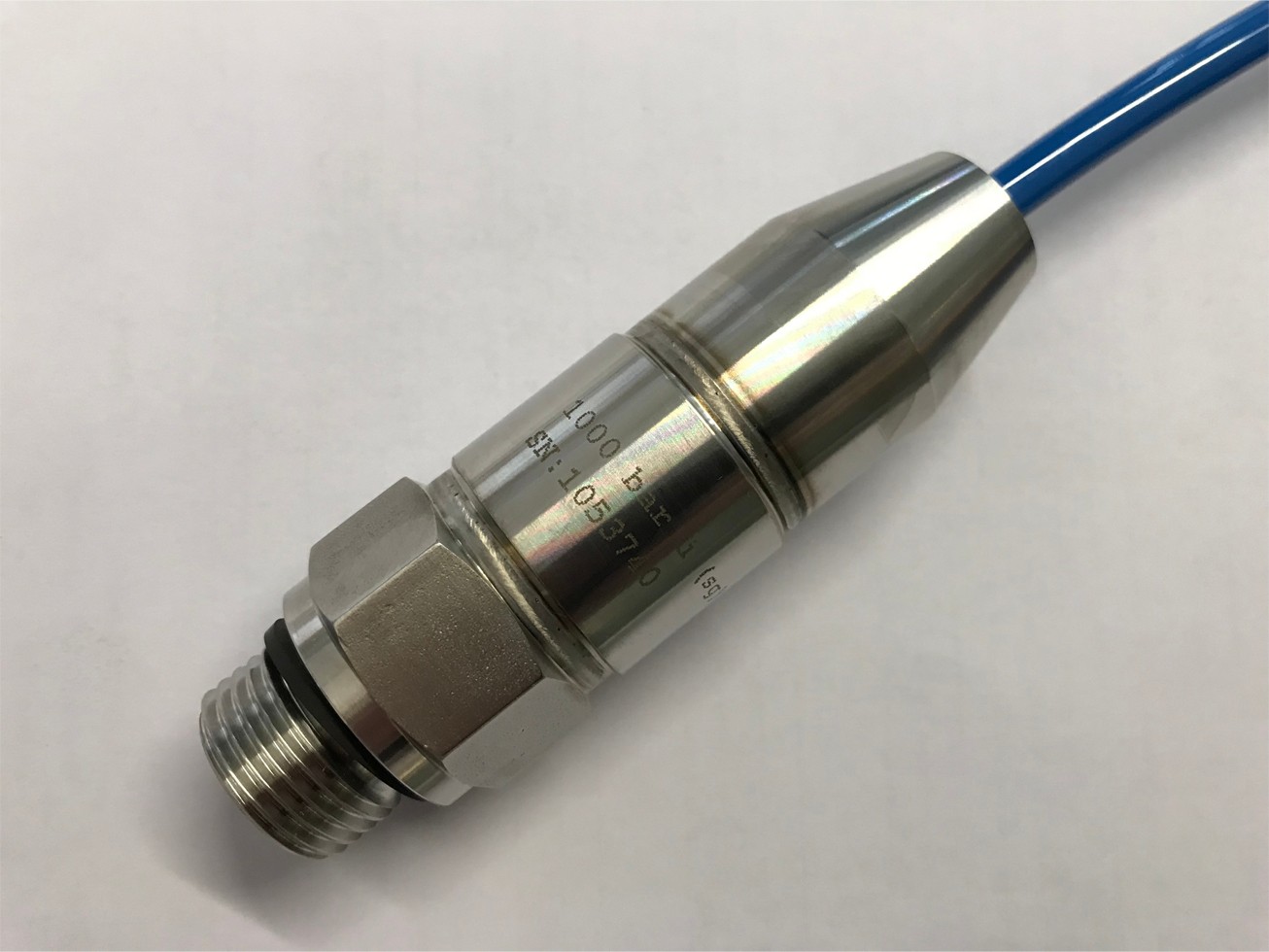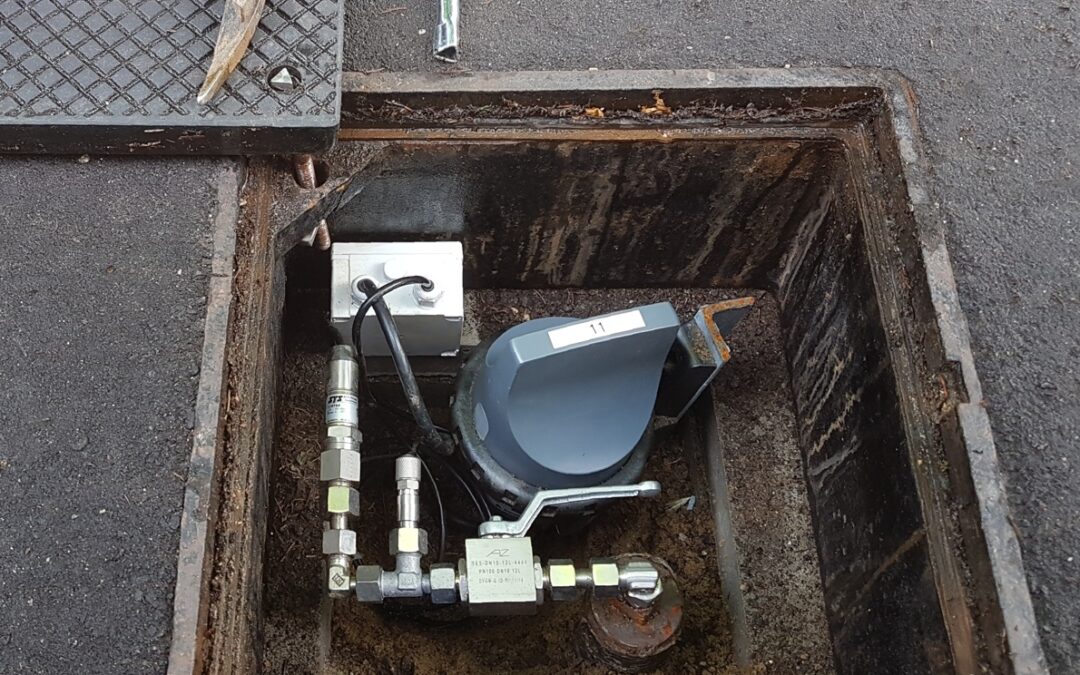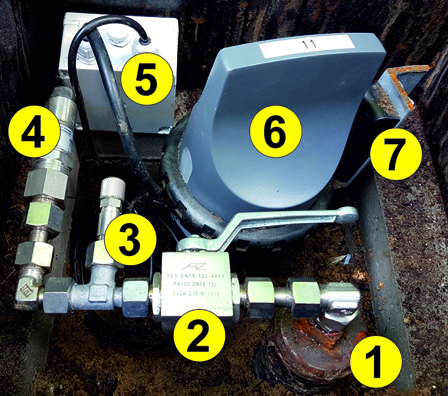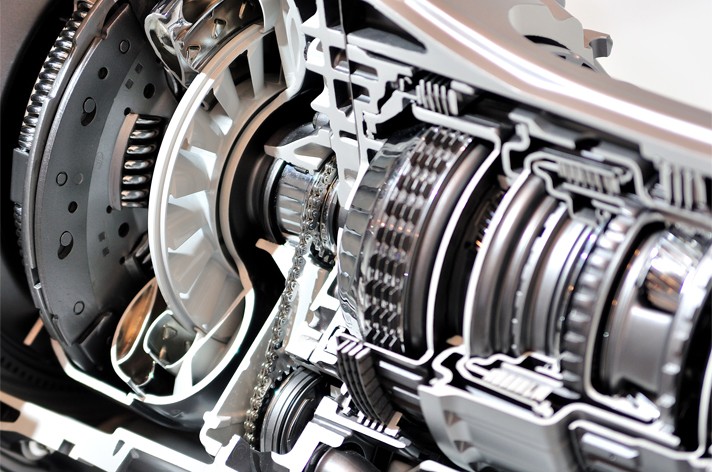
Testing of proportional pressure regulators in hydraulic systems
When testing proportional pressure regulators as part of the development of complex hydraulic systems, high impulse capability and precision are required from the pressure measurement sensors employed.
In the development of new hydraulic systems, in automotive engineering, for example, a large number of components need to mesh together perfectly. In addition to experience gained and the models employed, test loops on the test bed play an important role here. Do the components arriving from suppliers meet the specifications? Are optimum results already achieved here in the overall system?
In oil-hydraulic systems such as vehicle clutches, the pressure valves used are of great importance. As mechanical components, they need to be thoroughly qualified in order to minimize negative effects such as overshoots or adverse flow effects. A valve that is not working optimally has a negative effect across the entire system. What pressure peaks can be expected and how do they affect the system? How must the valve be designed so that coupling processes are as smooth and vibration-free as possible? Precise pressure measurement plays a key role in clarifying these questions. Numerous tests are necessary before a harmonious overall system can be created and these negative effects can be largely eliminated. However, since these tests are not limited to the pressure valve alone, but instead carried out across the entire system, the demands upon the sensors used are correspondingly high.
Pressure measurement in hydraulic systems: Top performance is required
As an experienced partner for pressure measurement tasks in the Test & Measurement sector, STS has already supported a large number of projects related to the testing of proportional pressure regulators in hydraulic systems. Accordingly, we are very familiar with the high demands to be expected in the pressure measurement of pressure valves in oil-hydraulic systems.
Due to the increasingly complex tasks involved in the qualification of hydraulic systems, space has now become a decisive criterion. These systems are nowadays equipped with a large number of sensors and so the smaller the better, therefore. In order to meet these requirements with regard to miniaturization of sensor technology, STS introduced the ATM.mini, a precision pressure transmitter with external dimensions of only 17.5 x 49 millimeters, which is now being used on numerous test beds. Flexibility with regard to installation is also required, since the sensors don’t just have to fit in terms of space. Also in terms of the process connections, there are always other specifications that have to be fulfilled. Finally, we can say from experience that the selection and installation of the sensor technology often follows the development of an application on the test bed and must be able to comply with the facts established there. For this reason, STS follows a modular design principle so that all products can be adapted to individual specifications. This, of course, also applies to the ATM.mini.
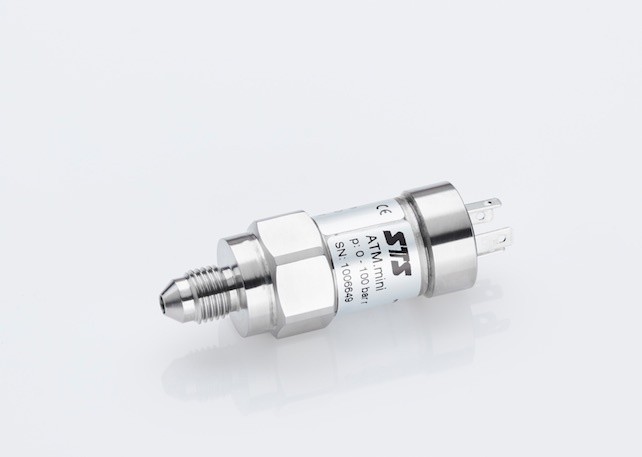
Apart from physical size, the “intrinsic values” are also decisive. If we return now to the example of hydraulic systems in automotive engineering, a very good impulse capability is essential for continuous measurements during the tests. It must be possible to record pressures dynamically within mere milliseconds of one another. In addition, this must proceed highly precisely over a relatively broad temperature range from -30 to 140°C. The non-linearity can often be a maximum of only 0.1 percent of the full scale measurement value (you can read more about precision here). This ultimately implies also that the pressure transmitter is largely insensitive to vibrations. Another important factor during the testing of components in a hydraulic system is that pressure peaks can always occur, the extent of which cannot be precisely determined in advance. For applications of this type, a pressure transmitter whose overload capability is many times the measuring range will thus be required.
The ATM.mini manufactured by us meets all of these requirements. Your advantages in summary:
- pressure range from 0-1 bar to 0-100 bar
- outstanding accuracy of 0.1% FS
- compact design of outer dimension 17.5 x 49 millimeters
- highest precision over the entire temperature range
- compensated temperature range from -40 to 125 °C
- no media incompatibility due to welded pressure port
- individually adaptable solutions through modular construction
